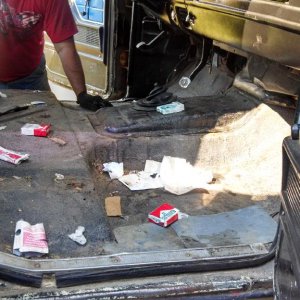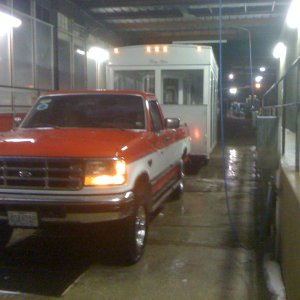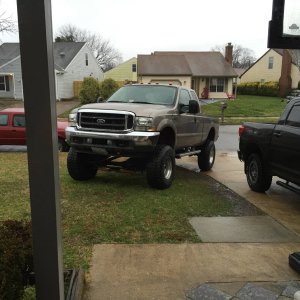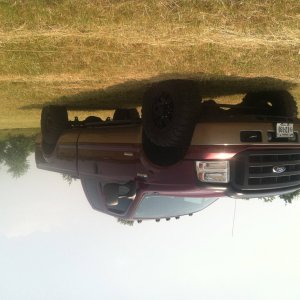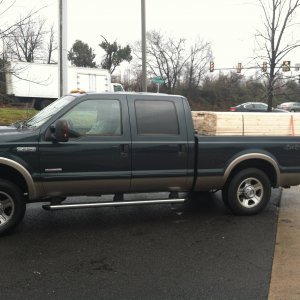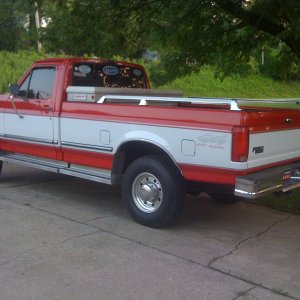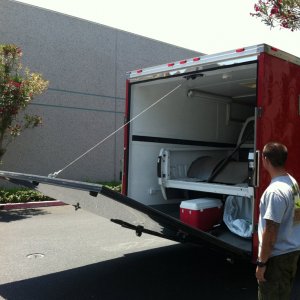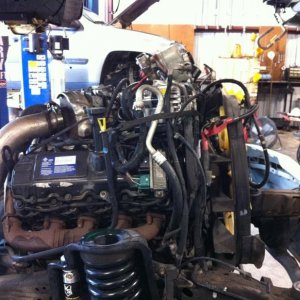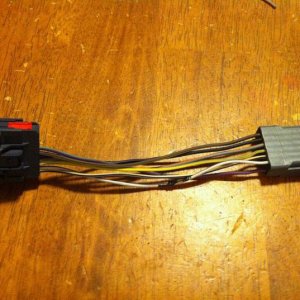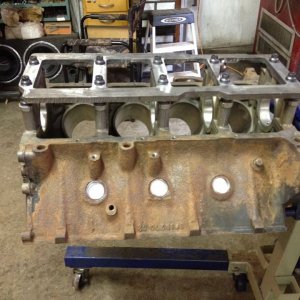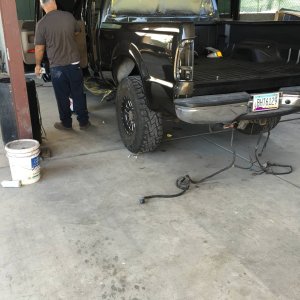caladash
New member
I feel ya on he fun part! Hell I'm building a somewhat budget friendly p-pumped 7.3 just because people said it can't be done. I'm all about a challenge. The flow bench seems extremely challenging in my opinion. You basically have to simulate alot of engine parameters just to fire an injector. CPS, fuel desired, MAP, and so on. So I'm thinking a spare head to put the injectors in, a pump to pressurize the oil rail, and a pump for fuel. Now the electronics side of the things I see no real easy way to simulate the IDM signal without having to use a signal generator, an oscilloscope to measure an actual IDM signal, then setting that reading into the sig gen and using the o-scope again to measure it. Also how are you going to measure your thousand shots? Frequency counter? Im the last person to $hit on someone else's idea. This is just how I see it being able to be done. I also have over five years of calibration (metrology) and repair experience with alot of emphasis on the RF and microwave side of things. All in the marine corps.


